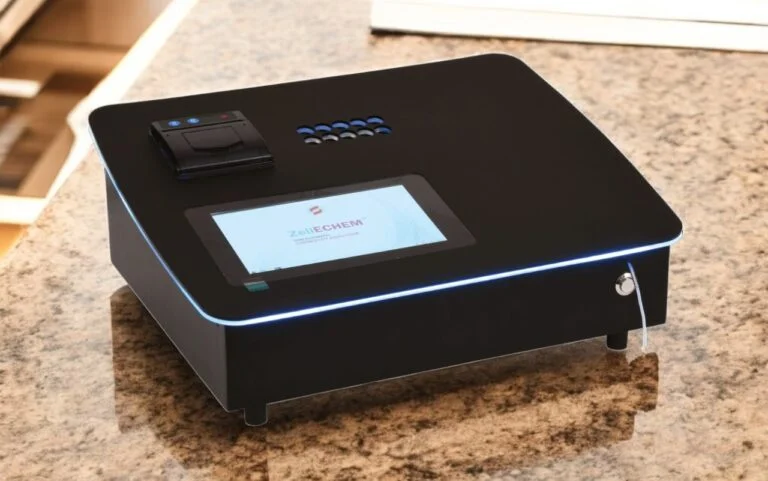Best Semi Automatic Biochemistry Analyzer in India
Versatility For minor clinics, laboratories, and those with less budgetary constraints, the semi-automatic biochemistry analyzer is the ideal combination of new technology and manual control. Though still automating the most important measurement and calculation tasks, a semi-automatic model adds manual input in the form of reagent preparation and sample loading.
The arrangement gives the user higher control and, therefore, the best option for laboratories with an unpredictable work schedule and a miscellaneous test profile.
The primary benefits of using a semi-automatic analyzer are cost-effectiveness and versatility. It provides a faster and more accurate method of analysis than manual processes, with the exception of the high capital cost in a fully automatic system.

The simplicity of operation and friendly software enable laboratory personnel with diverse levels of experience to operate it with less inconvenience. Moreover, its minimal cost of maintenance and small space requirement make it a highly sought-after device in clinics and labs with limited space. The POC device is a low-cost, multi-purpose device that helps smaller laboratories deliver accurate, timely diagnostic results to their patients and enhance patient care in every aspect of health care.

